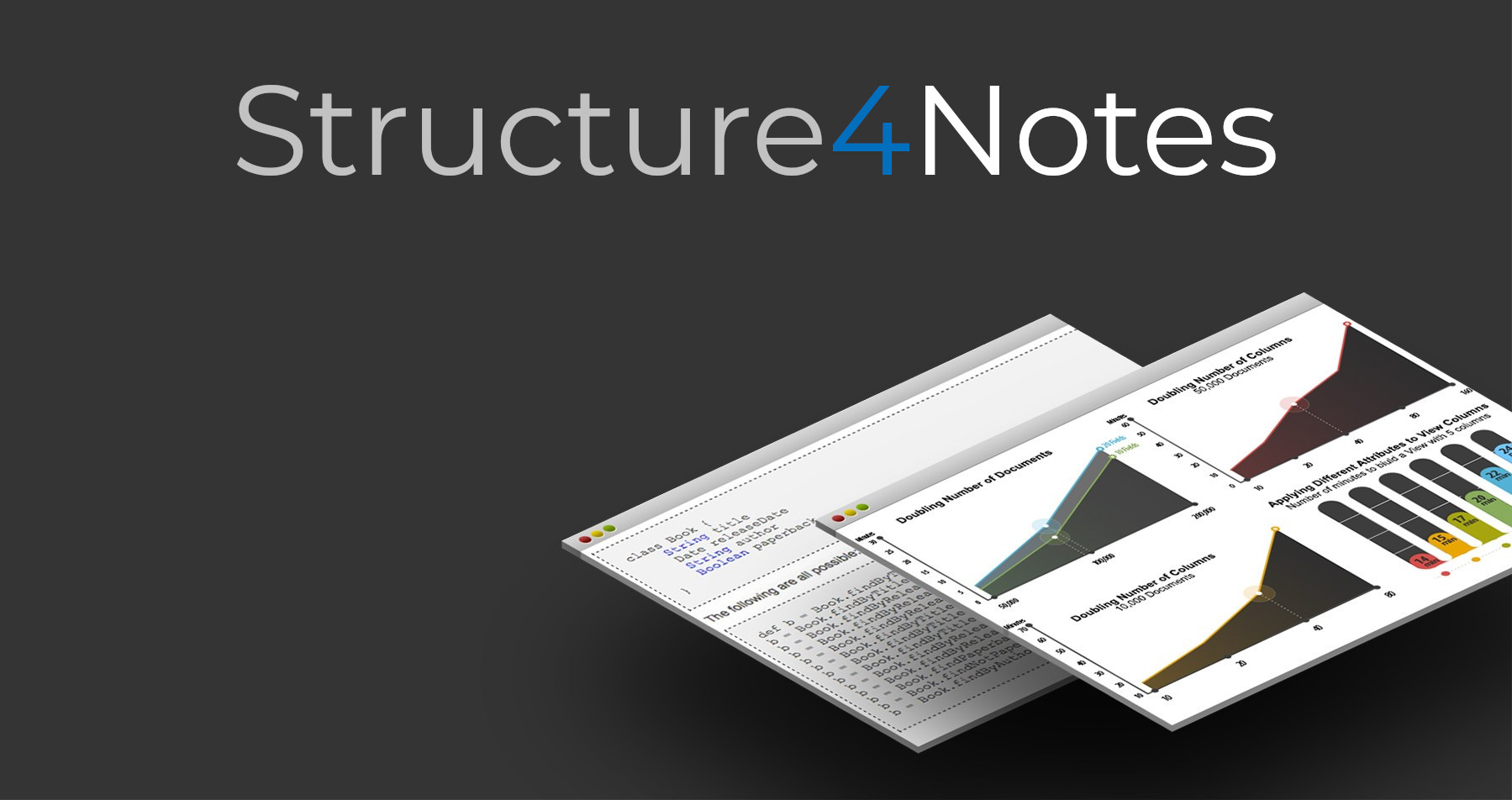Grails4Notes
I wish I could...
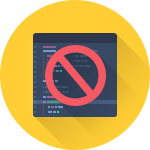
Stop writing custom Java or Lotuscript agents to query Notes data in a more complex fashion than can be done with view selection formula syntax.

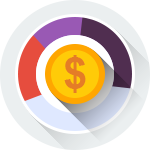
Develop a true Business Object Model for the data in my Notes databases.

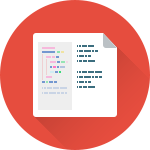
Easily create formal documentation in the industry-standard JavaDoc-like format for all of my fields and shared fields on all of my forms and subforms in Notes.


Analyze my existing Java agent code to see exactly how many API calls are made to lotus.domino.* API to help me estimate good candidates for conversion to Groovy/Grails.

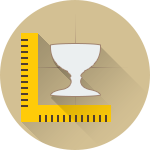
Use the powerful Grails framework and Groovy programming language to interact with my data in a more natural, object-oriented way (in addition to using SQL).

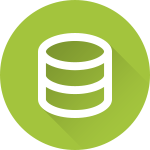
Eliminate unnecessary views from my Notes databases because they clutter my design and slow down performance for large databases.


Performance optimize the necessary sections of my Domino classic or newer XPages web applications.
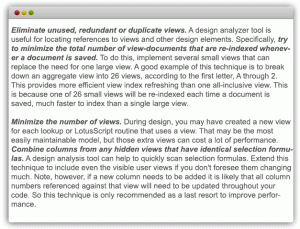

Gain insight into the slowest URLs of my Domino classic or newer XPages web applications so I can improve my customer’s web experience.

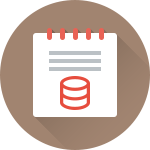
Keep my Notes data in the NSF while also having it available using true SQL served by a true RDBMS. (currently unidirectional)

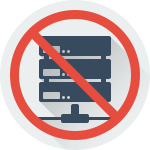
Avoid costly SQL licensing by using the powerful Postgres server which runs on all platforms.

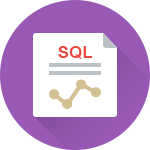
Use true SQL language queries to report on my data — even when it is stored across many NSF databases or servers.


Mix the mature security model, reliable replication technology for clustered / off-line use, and rapid application NoSQL-style development of Notes with cutting-edge dynamic language technology from coders so good at Java they invented something even better: Groovy/Grails.


Avoid learning SQL by using modern language syntax to write natural coder-friendly statements like: book = Book.findByTitleLike(“Harry Pot%”)


Use professional RDBMS database tools such as Navicat® Data Modeler Essentials®


Stop worrying that my Notes views have too many documents in them by optionally eliminating the reporting views and shifting that workload to more appropriate SQL queries and reports.

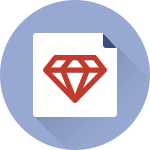
Use the industry-leading Crystal Reports® natively against my data to produce nice graphs.

